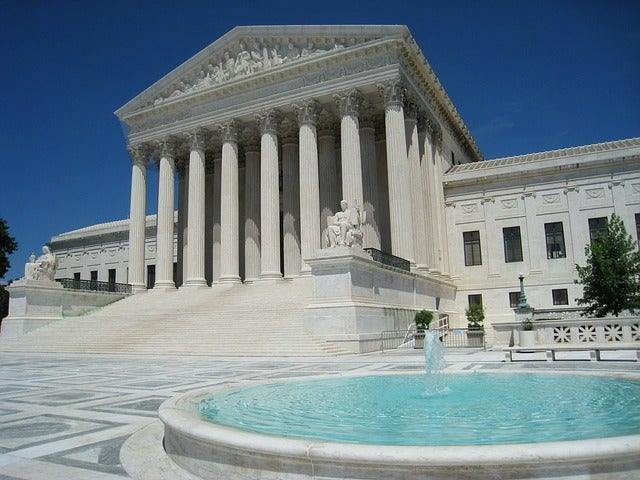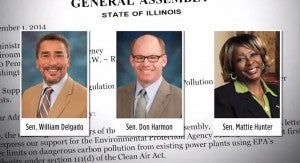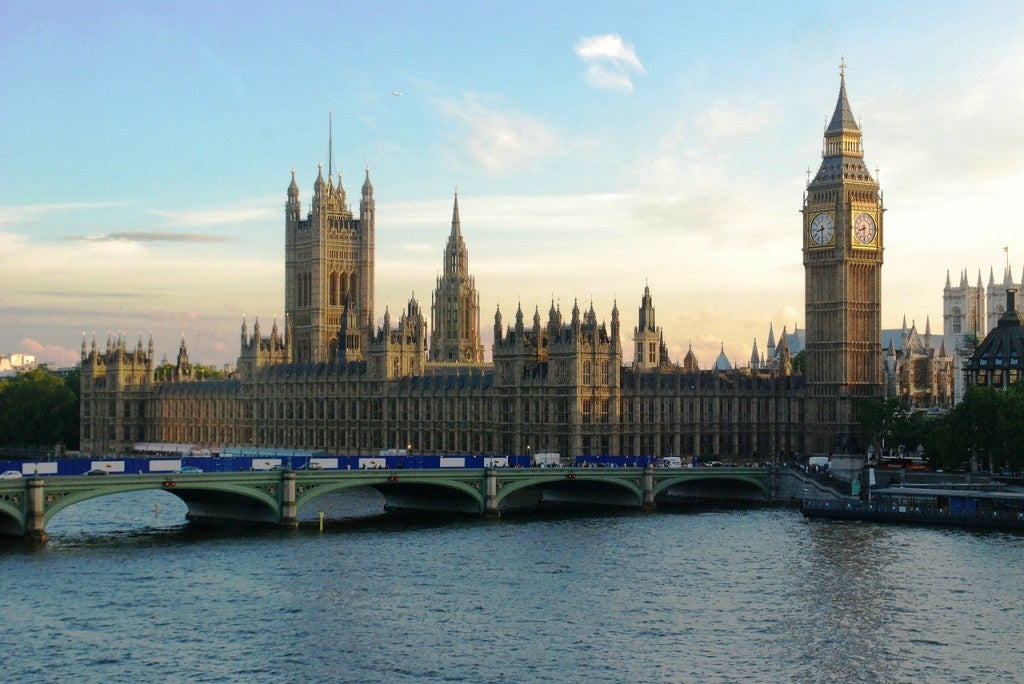Out of sight, out of mind. This certainly applies to methane emissions from the oil and gas sector.
That’s because methane, a highly potent greenhouse gas and the primary constituent of natural gas, is invisible to the naked eye.
And it’s one reason methane emissions, while a significant threat to our environment, don’t get the attention they should from policymakers or the public when compared to, say, conspicuous oil spills.
But we have the technology to make the invisible visible. As you’ll see in the video below, fugitive methane emissions look very much like an oil spill in the sky.



